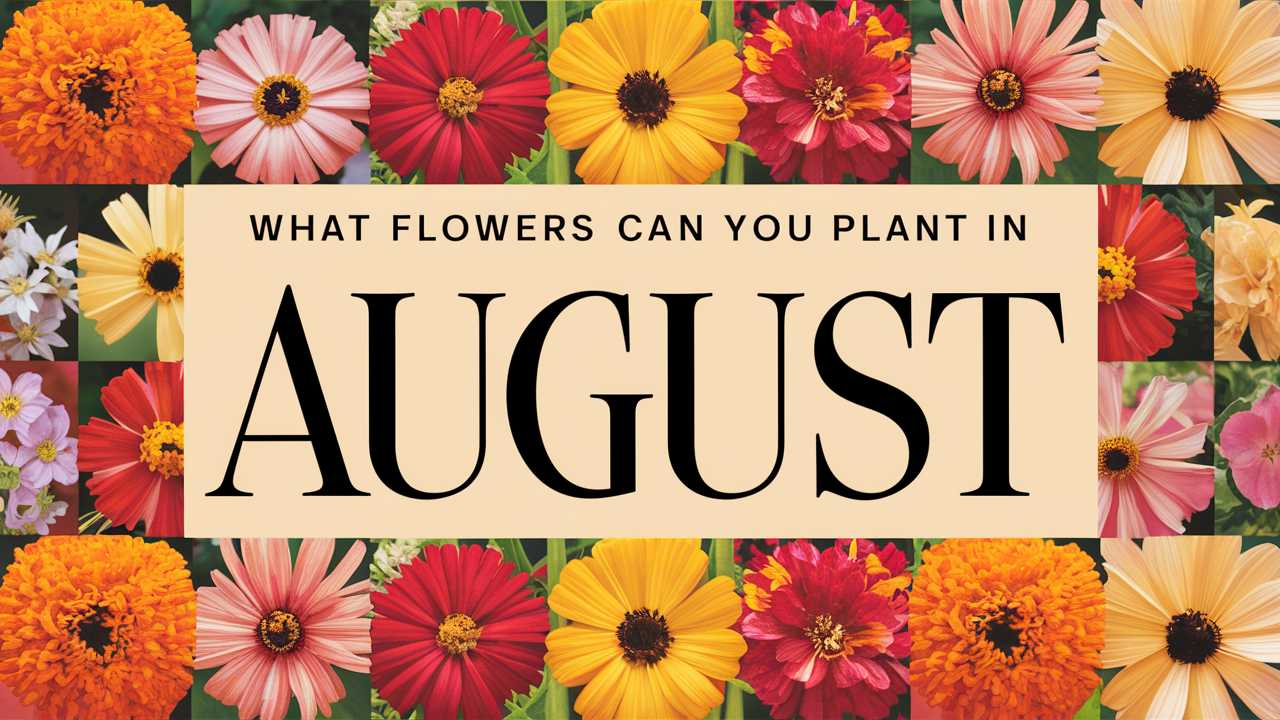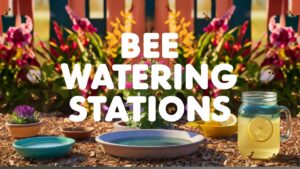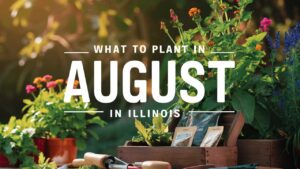In this guide, we will dig into the various categories of flowers you can plant in August, focusing on annuals, perennials, bulbs for spring blooms, biennials, and wildflowers. Each flower has its own charm and plays a role in the diverse tapestry of your garden.
Annual Flowers to Plant in August
Marigolds
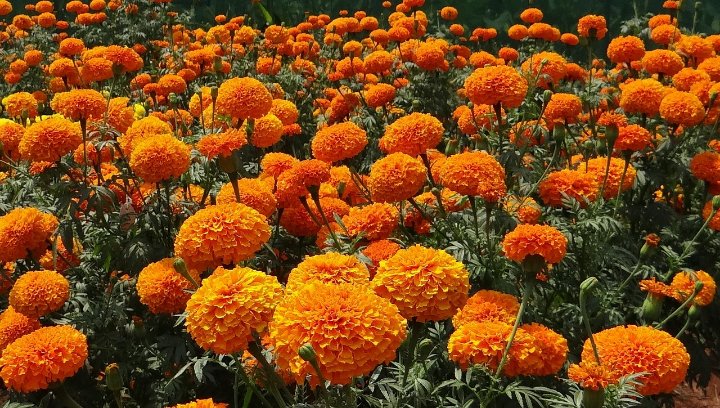
Marigolds are a gardener’s favorite for a reason. These resilient annuals thrive in full sun and can handle the lingering summer heat. With their bright orange and yellow hues, marigolds bring instant color to any garden bed. They not only enhance visual appeal but also act as natural pest deterrents, making them a fantastic companion for vegetable gardens. Planting marigolds in August allows them sufficient time to establish roots before the cooler fall weather arrives, ensuring a vibrant display right up until frost.
Zinnias
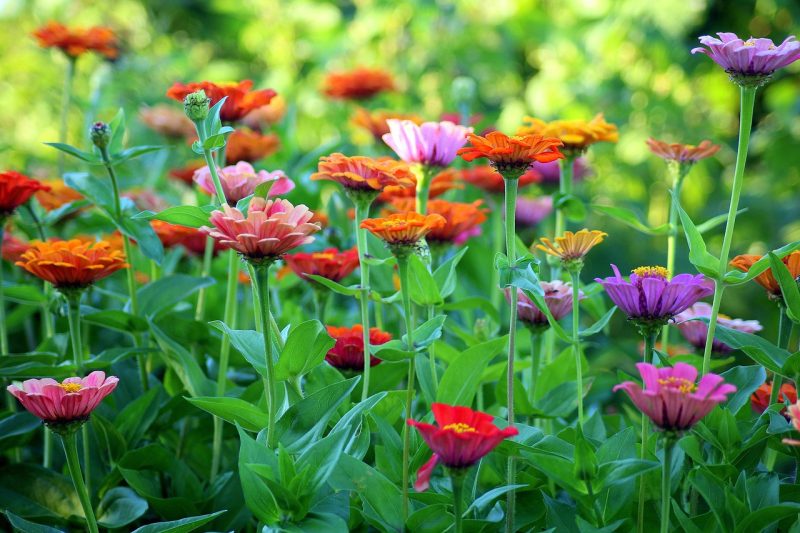
Known for their bold and cheerful blossoms, zinnias come in an array of colors and sizes. They are incredibly easy to grow from seeds sown directly in the garden or started indoors for a head start. Zinnias thrive in sunny areas and are drought tolerant, making them ideal for those late summer days. Planting zinnias in August provides the perfect window for their growth, allowing them to flourish in the early fall and attracting pollinators like butterflies to your garden.
Sunflowers
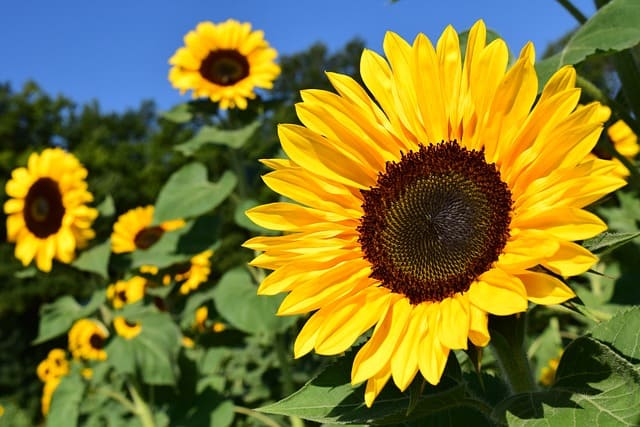
What could be more uplifting than the bright face of a sunflower turning toward the sun? When planted in August, sunflowers can mature quickly, providing some late summer flair. Depending on the variety, some sunflowers can begin to bloom just weeks after planting. These giants are magnificent conversational pieces and can grow tall enough to create a natural privacy screen. With their ability to attract pollinators and their seeds supporting birds in the fall, sunflowers are an excellent addition for both aesthetics and ecological health.
Cosmos
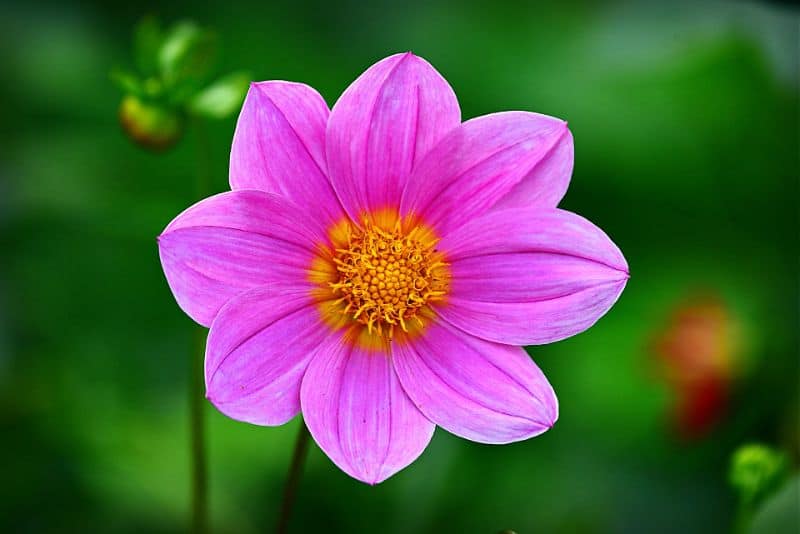
Cosmos are a delightful choice due to their delicate blooms that sway gracefully in the breeze. Their bushy growth habit and varied colors—ranging from white to pink to deep magenta—make them a lovely addition to borders or mixed flower beds. These flowers can be direct-sown in August and will bloom until the first frost. Their resilience to drought and poor soil conditions makes them perfect for those who might be new to gardening or have less-than-ideal earth to work with.
Calendula
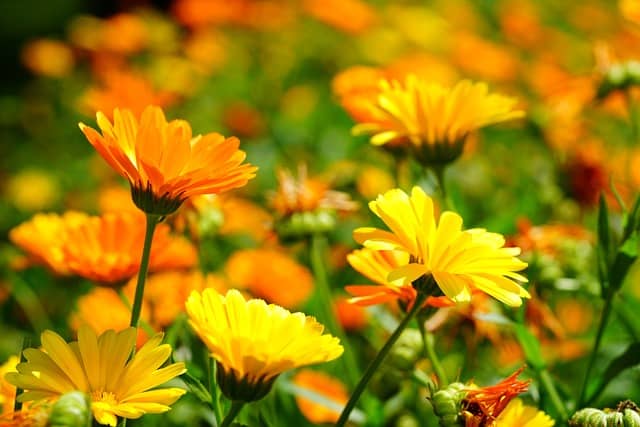
Calendula, or pot marigold, is another sunny option for late-summer planting. These annuals are not only beautiful with their vibrant orange and yellow petals but are also edible, making them a unique choice for both ornamental and culinary gardens. Planting calendulas in August allows them to thrive in the remaining heat, and they can easily bloom in late summer and fall. Additionally, they have medicinal properties, often used in herbal remedies and skin care, making them a versatile plant for your garden.
Perennial Flowers to Plant in August
Echinacea (Coneflower)
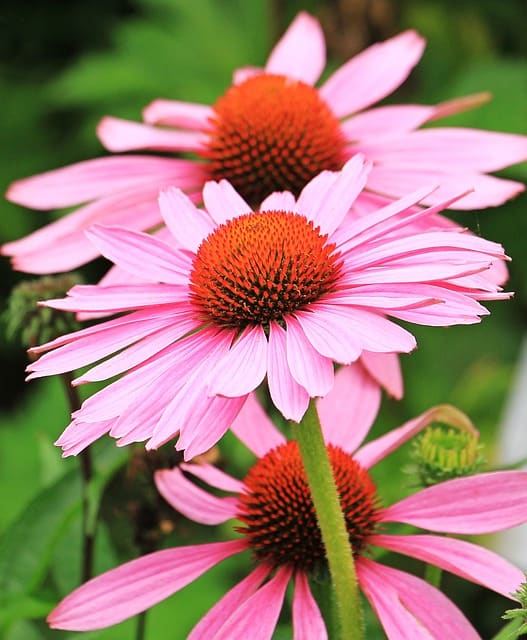
Echinacea, commonly known as coneflower, is a beloved perennial that thrives in various soil conditions. Their daisy-like blooms with a distinctive cone-shaped center are not only visually appealing but are also known for their medicinal benefits. When planted in August, echinacea has time to establish strong roots before winter, leading to healthier, more robust plants that will return year after year. These flowers attract pollinators and are drought-resistant once established, making them a great choice for low-maintenance gardens.
Black-eyed Susan
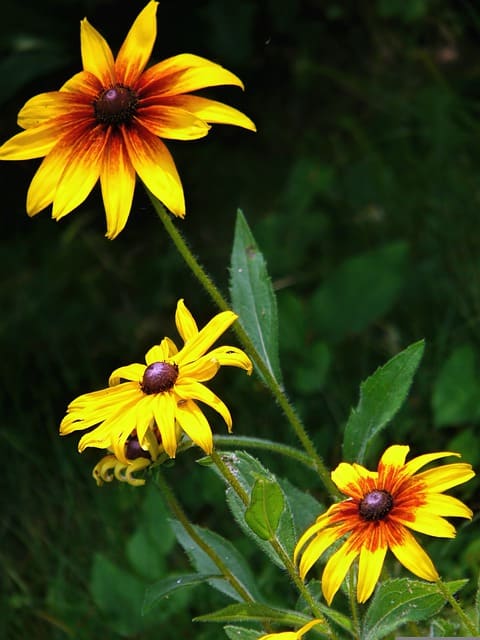
Black-eyed Susans are synonymous with late summer beauty. Their golden-yellow petals complement the rich brown centers, creating a warm, inviting display. Planting them in August allows for an extended bloom season, often into fall. These hardy perennials are adaptable to various soil types and can thrive in full sun to partial shade. Additionally, they blend beautifully in wildflower gardens or mixed borders, providing a naturalistic look while supporting local wildlife.
Chrysanthemums

Chrysanthemums, often referred to as mums, are iconic for their autumnal beauty. While many think of them only for fall displays, August is an excellent time to plant them to ensure blooming when the season changes. They come in a variety of colors and forms, with some blooming earlier in the fall and others holding off until late in the season. Mums like plenty of sunlight and well-drained soil. Planting them early in August gives them the time they need to establish themselves, resulting in fuller plants that contribute to your autumn landscape.
Coreopsis
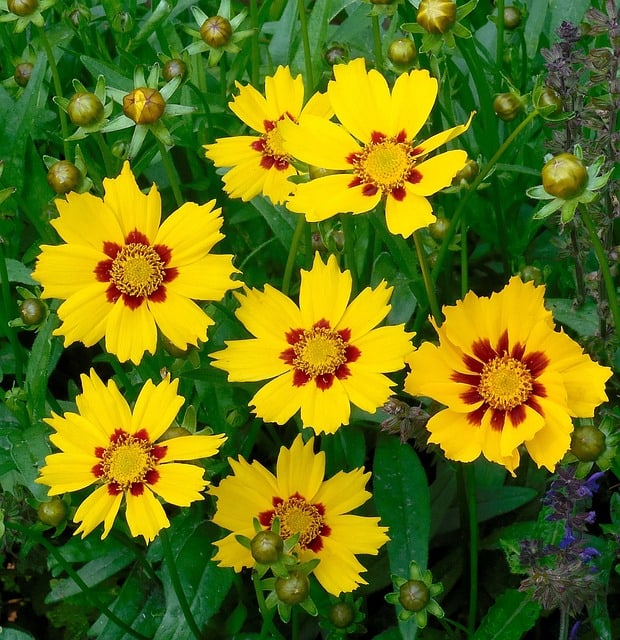
Coreopsis, or tickseed, is known for its cheerful, sunny yellow flowers that attract many pollinators. These perennials are hardy and low-maintenance, often blooming from late spring through the end of summer. By planting coreopsis in August, gardeners can give these plants a chance to establish a robust root system. They thrive in well-drained soils and can tolerate drought, making them an excellent choice for low-water gardens. Their resilience and beauty make them a lovely addition to borders or mixed flower gardens.
Sedum (Stonecrop)
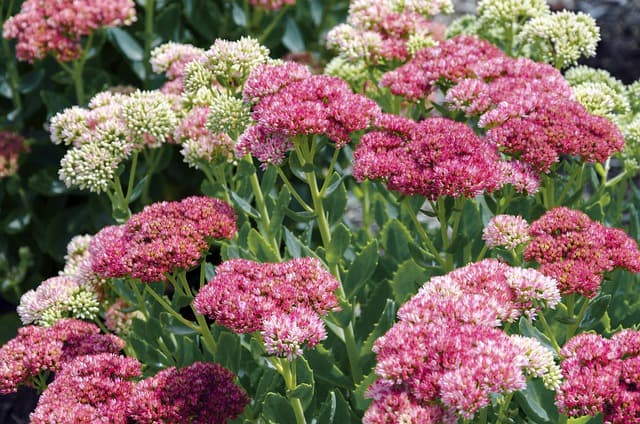
Sedum is a succulent perennial known for its hardiness and drought tolerance. There are many varieties, some low-growing ground covers while others stand tall in the garden. Planting sedum in August allows the roots to develop as they enjoy the summer warmth. These succulent plants are excellent for rock gardens, borders, and containers, providing an interesting texture to garden designs. Their unique foliage and late-summer flowers appeal to bees and butterflies, enhancing the ecological footprint of your garden.
Bulbs for Spring Blooms
Daffodils
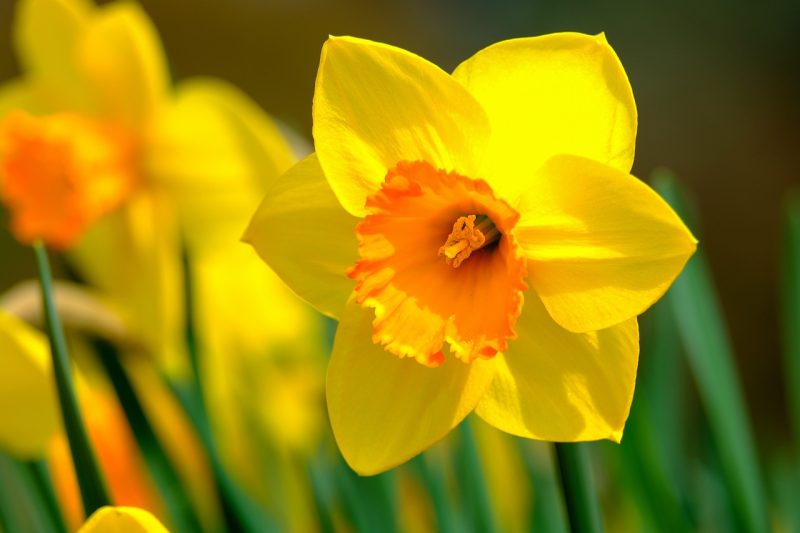
While August might feel far from spring, this month is an opportune time to plant spring-blooming bulbs such as daffodils. These cheerful, trumpet-shaped flowers herald the arrival of spring and are renowned for their resilience and ability to naturalize in the garden. Planting daffodil bulbs in late summer ensures that they can establish roots before the ground freezes, leading to vibrant blooms when spring arrives. They thrive in sunny locations and are deer-resistant, making them a favorite among gardeners looking for low-maintenance beauty.
Tulips
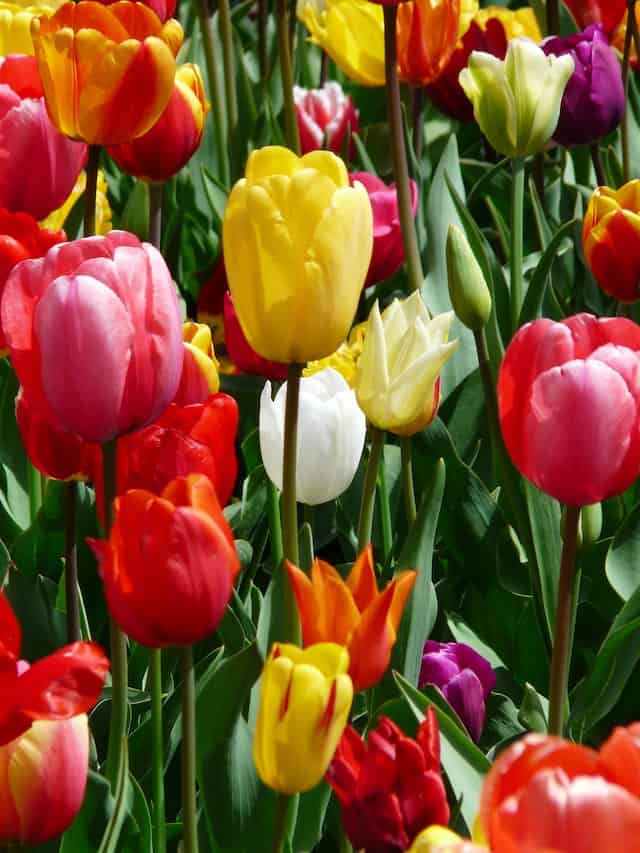
Tulips bring elegance and a burst of color to springtime gardens. Planting tulip bulbs in August allows them to enjoy a cooler dormant period in the ground, setting the stage for stunning early blooms. They come in a range of colors and heights, allowing for creativity in your garden design. Tulips prefer well-drained soil and plenty of sunlight, so choose a location where they can shine once spring graces the landscape. The anticipation of watching the first tulips bloom after winter is worth the effort of planting in August.
Crocuses
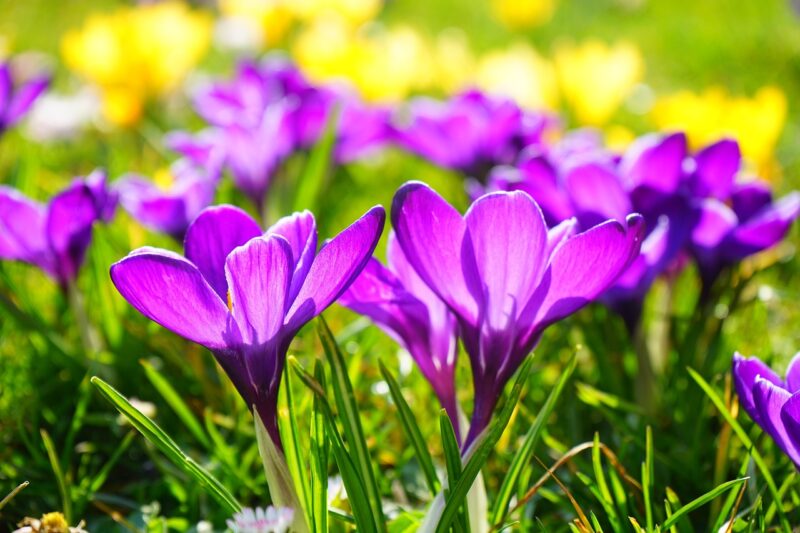
Crocuses are among the first flowers to bloom in spring, often pushing through the frost. August planting allows these delicate bulbs enough time to root properly. They are renowned for their stunning purple, yellow, and white flowers that provide a joyous early-season color. Crocuses prefer well-drained soil and full sun to partial shade. Planting them in August means you’ll be greeted by their cheerful presence as soon as the weather warms up, providing a sense of hope and renewal following the cold months.
Hyacinths
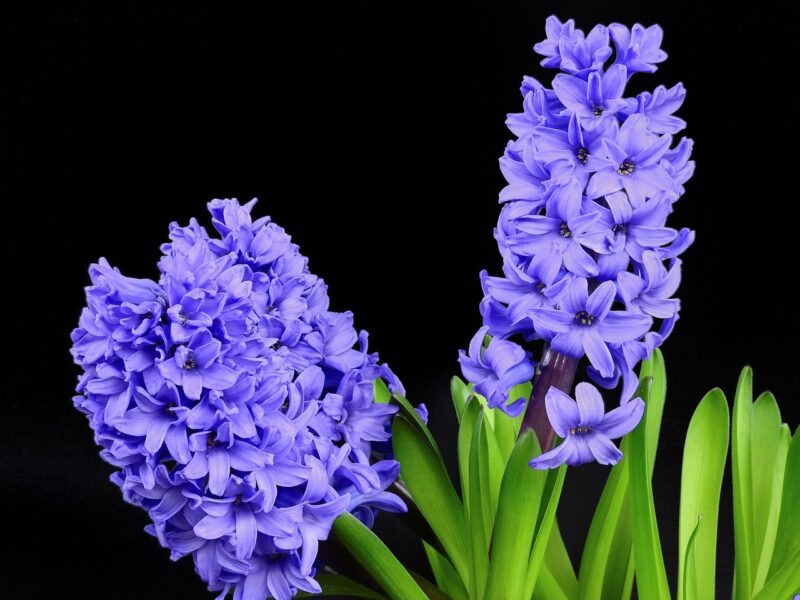
Hyacinths fill gardens with their sweet fragrance and vibrant clusters of flowers. These bulbs benefit greatly from an early planting in August, as they require a period of cold dormancy to ensure healthy blooms. With various colors available, from deep violet to soft pink, hyacinths provide a stunning visual and aromatic experience in the spring garden. Choose a spot that offers full sun and well-draining soil for optimal growth, and watch as they bring early harmony to your landscape.
Biennial Flowers to Plant in August
Foxglove
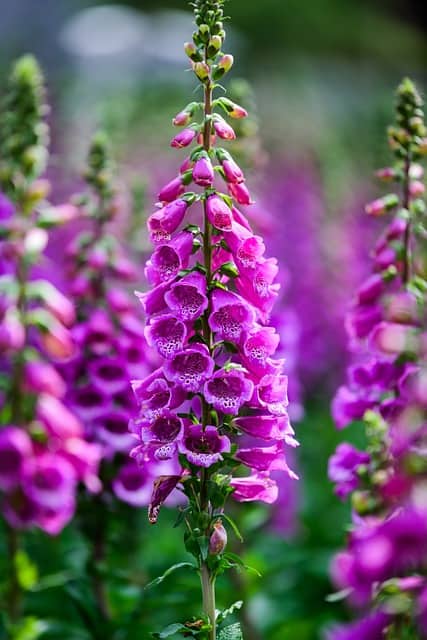
Foxglove is a beautiful biennial that creates vertical interest in the garden with its tall spikes covered in bell-shaped flowers. Planting foxglove in August allows these plants to establish themselves during the cooler months. They thrive in semi-shade and can tolerate a variety of soil types. While the first year of growth often focuses on foliage, the following year’s blooms are well worth the wait. They’re also attractive to bees and other pollinators, making them an environmentally friendly choice.
Hollyhocks
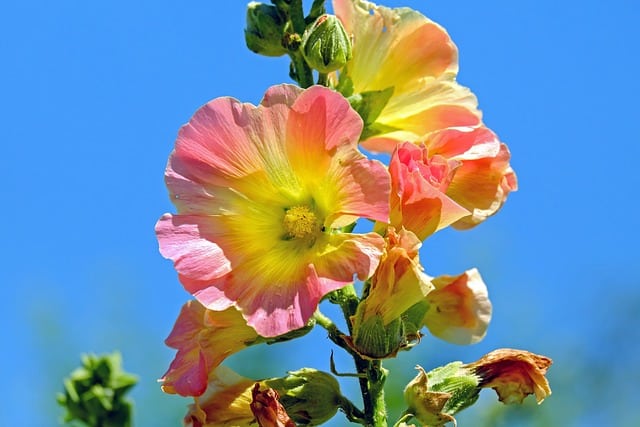
Hollyhocks are classic garden favorites, often associated with quaint cottage gardens. These towering beauties can reach heights of up to eight feet, showcasing an array of colors from pink to deep burgundy. When planted in August, hollyhocks will have a full year to grow before blooming in the following season. They prefer full sun and well-drained soil and can add a touch of vintage charm to your garden design. These flowers also attract numerous pollinators, enhancing garden biodiversity.
Canterbury Bells
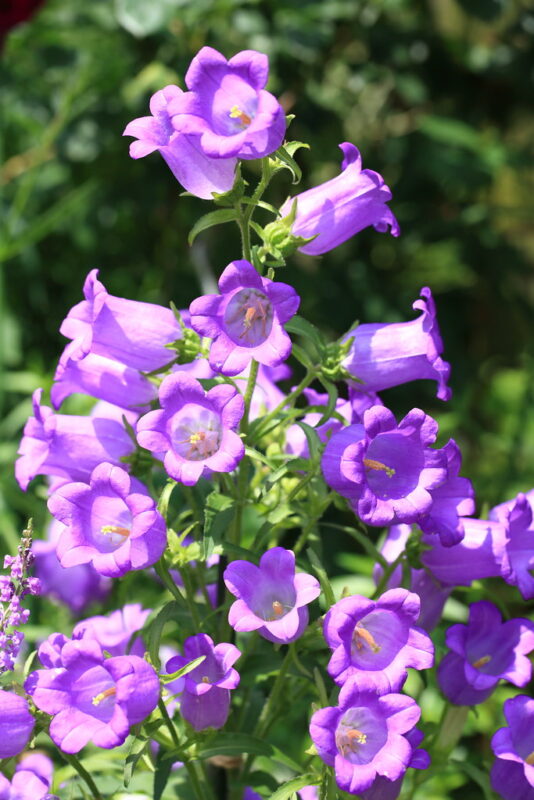
Canterbury bells are alluring biennials with their cup-shaped flowers, typically in hues of blue, white, and pink. Ideal for cottage gardens, planting these bells in August sets the stage for a beautiful display the following year. They prefer full sun to partial shade and thrive in rich soil. The unique appearance and charming blooms of Canterbury bells make them a delightful addition, enhancing your garden’s vertical component and aesthetic appeal.
Wildflowers to Plant in August
Asters
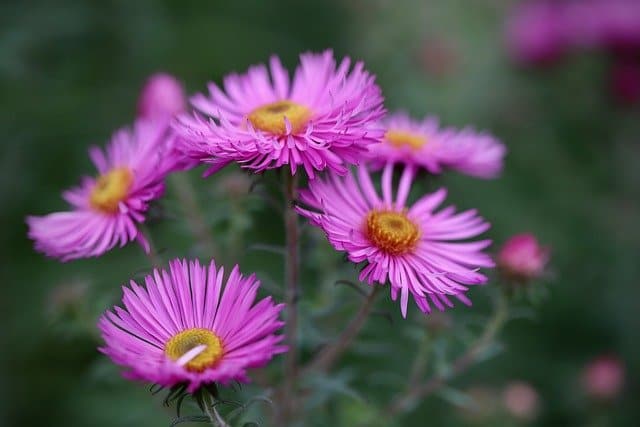
Asters are stunning wildflowers that bloom in the late summer and early fall, offering vibrant colors and a source of nectar for pollinators. Planting aster seeds in August ensures they have enough time to establish and thrive, resulting in abundant blooms that last well into the cooler months. They prefer well-drained soil and full sun, making them adaptable to various gardening situations. Asters create beautiful vistas and can be used as cut flowers, adding to their appeal for any garden enthusiast.
Goldenrod
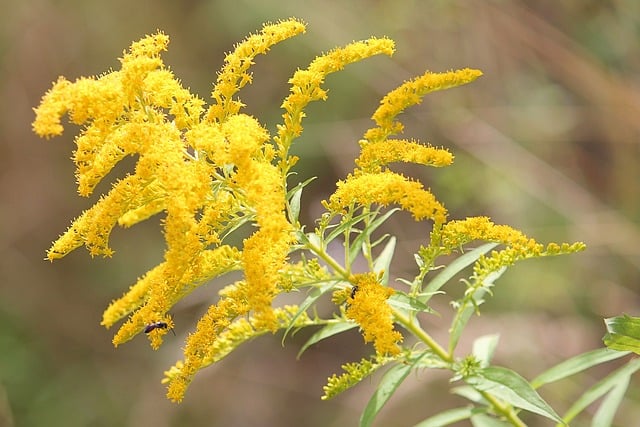
Goldenrod is often erroneously blamed for allergies, but it actually serves as an essential late-season nectar source for bees and butterflies. With bright yellow spikes that light up the garden after many other flowers have faded, planting goldenrod in August can lead to stunning displays in the fall. It’s highly beneficial for wildlife, and once established, it requires minimal care. This wildflower thrives in poor soil and is a fantastic choice for low-maintenance gardens.
Blue Sage (Salvia)
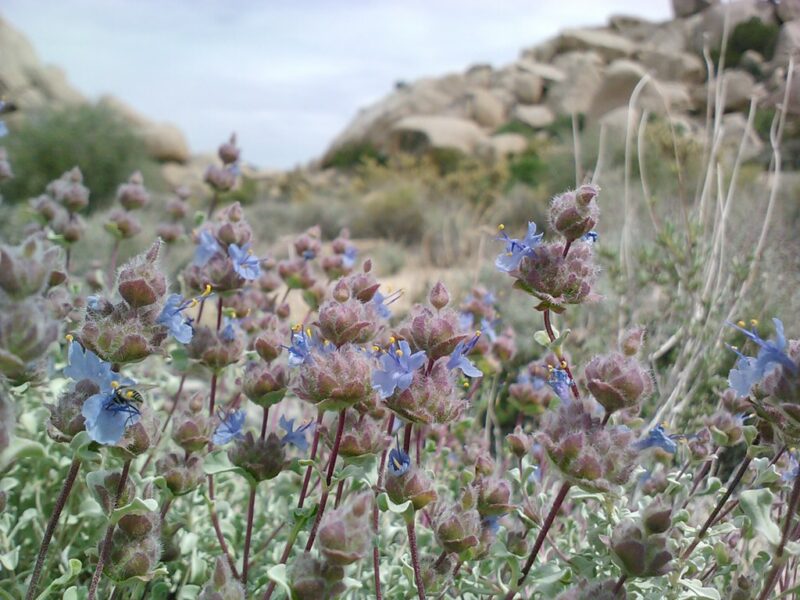
Blue sage, or salvia, is a fantastic addition to any garden, especially for attracting hummingbirds and butterflies. With its striking blue flowers, it brings a pop of color to your landscape. Planting blue sage in August allows these plants to get a head start before winter. They flourish in full sun and well-drained soil, and once established, they are drought-tolerant and can continue to bloom into the fall. This beauty is a staple for those looking to create a pollinator-friendly garden.


